A blood transfusion is a routine medical procedure to transfer blood (or a specific component of blood) from one person to another. Blood...
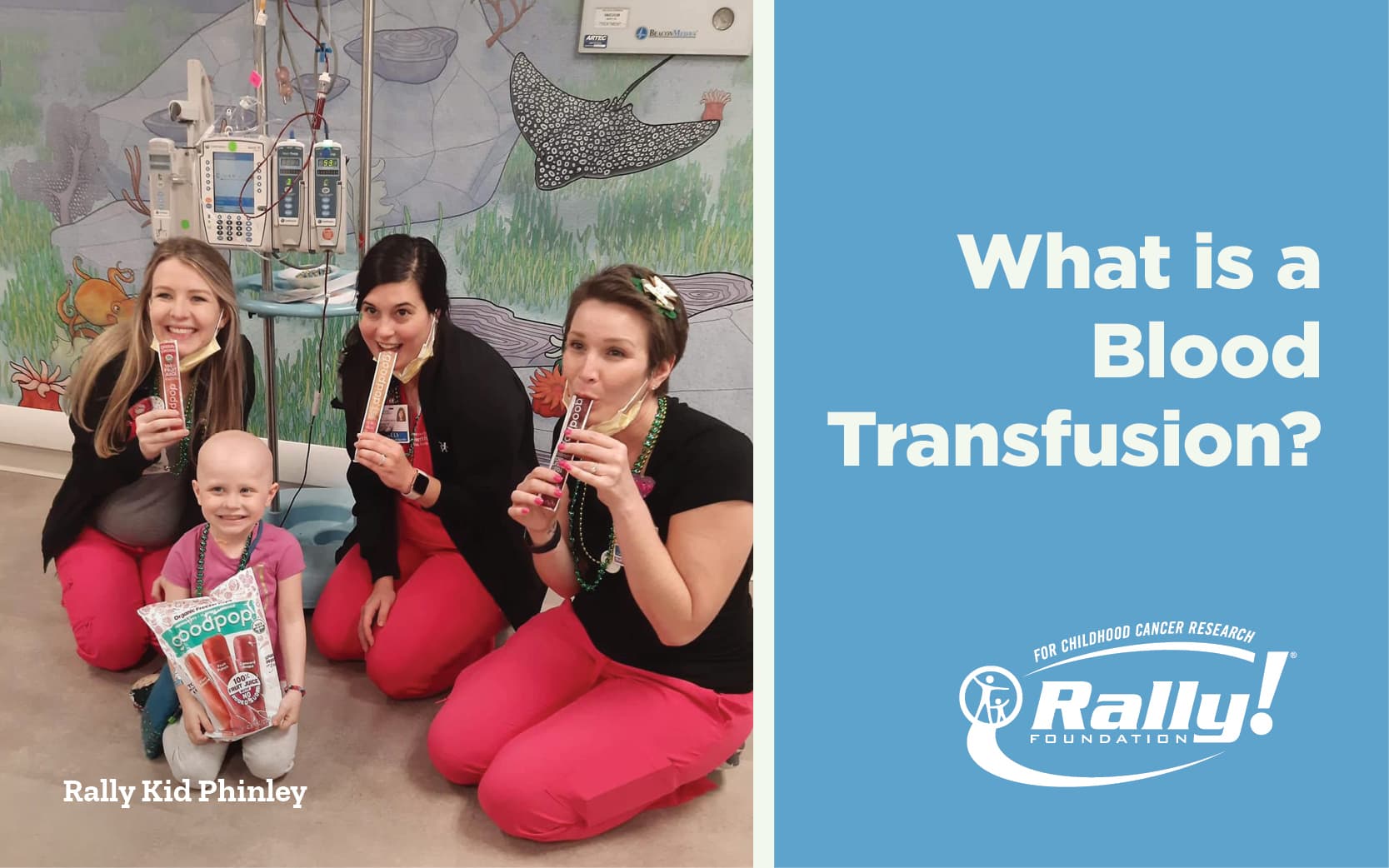

A blood transfusion is a routine medical procedure to transfer blood (or a specific component of blood) from one person to another. Blood...
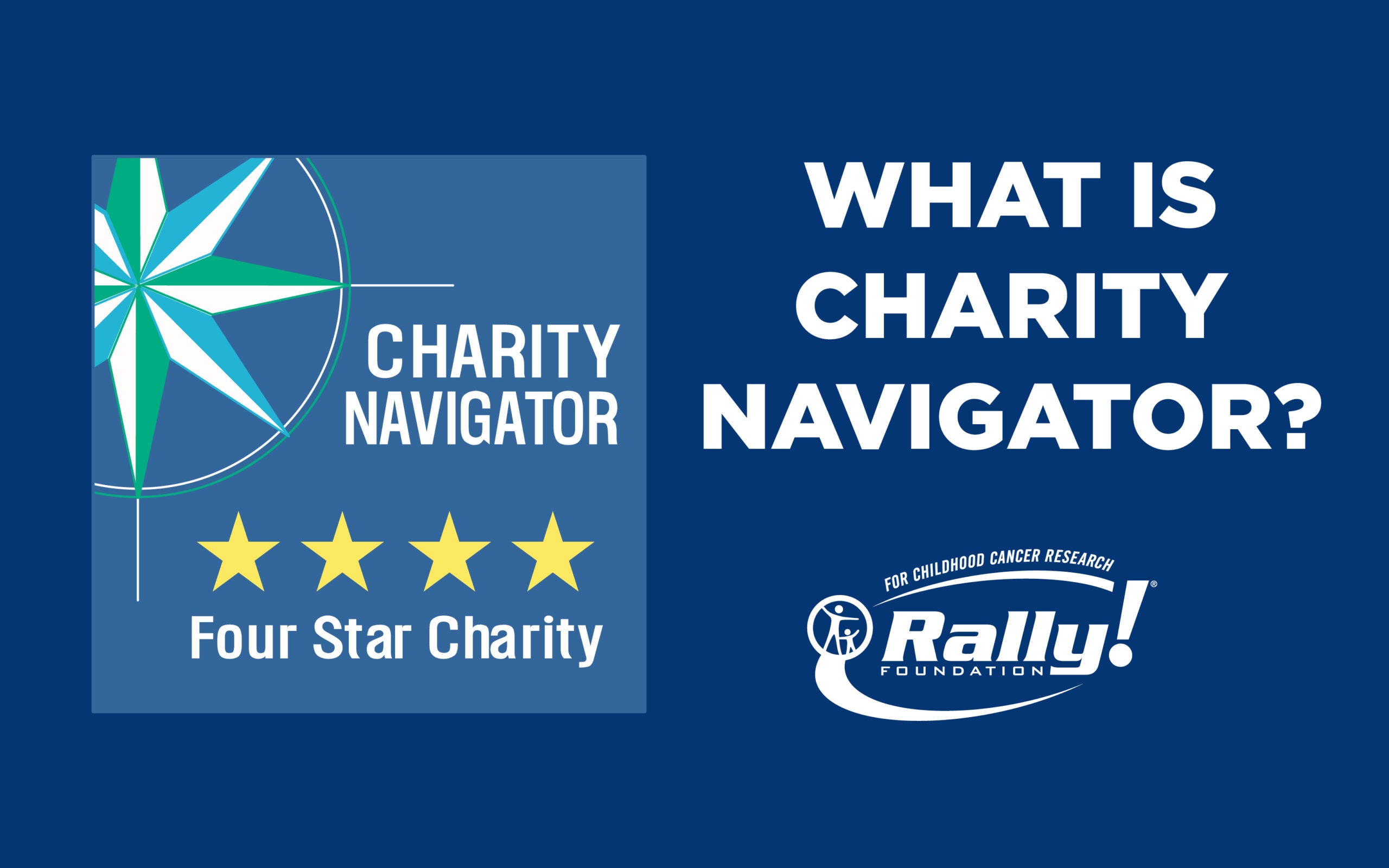
When you are in the market for a new refrigerator, you ask your neighbors and friends for recommendations, and maybe even consult Consumer...
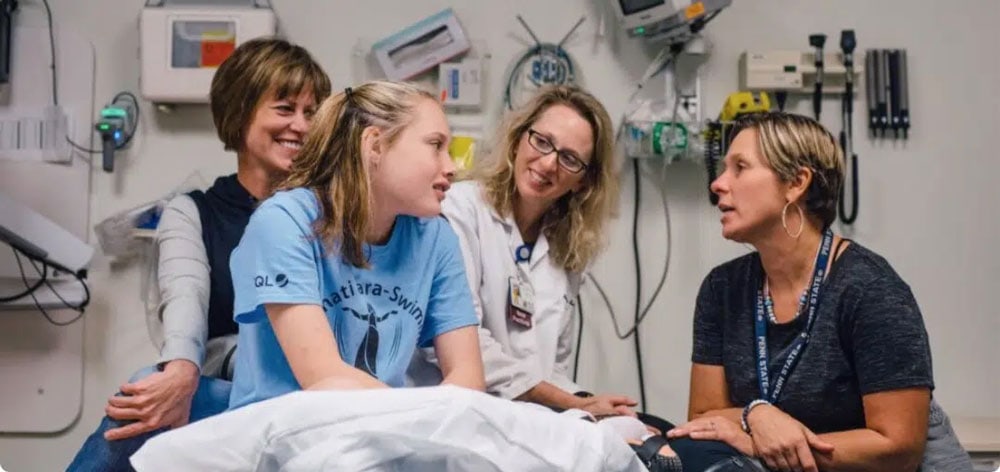
OSI Connect is a free, easy-to-use, invaluable resource for those diagnosed with osteosarcoma Osteosarcoma is a difficult and frightening...
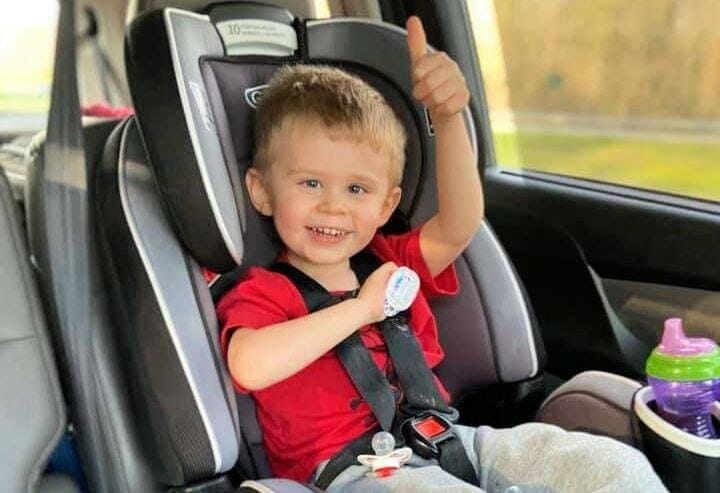
Rally Kid Tyson (Image Above), brain cancer (2016-2020)Tyson was just two and a half years old when he was diagnosed with DIPG You Are Not...
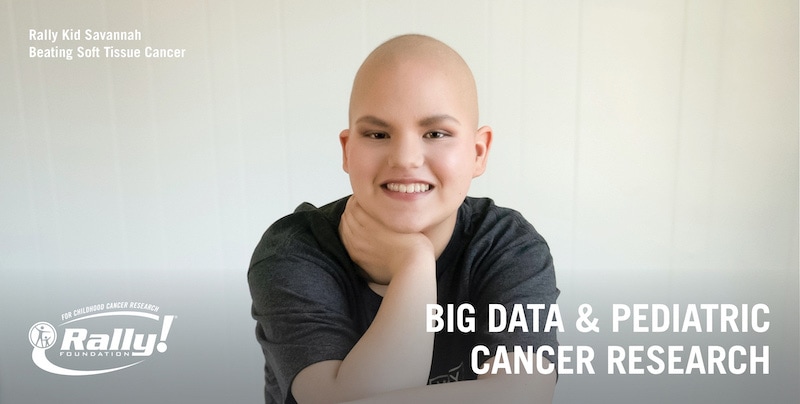
After being born and living in Turkey my whole life, I came to the US for college to study biological sciences at the University of...

On our diagnosis day, we were told that our four-year-old Gus had Ewing Sarcoma. What doctors didn’t know was the particular type or...
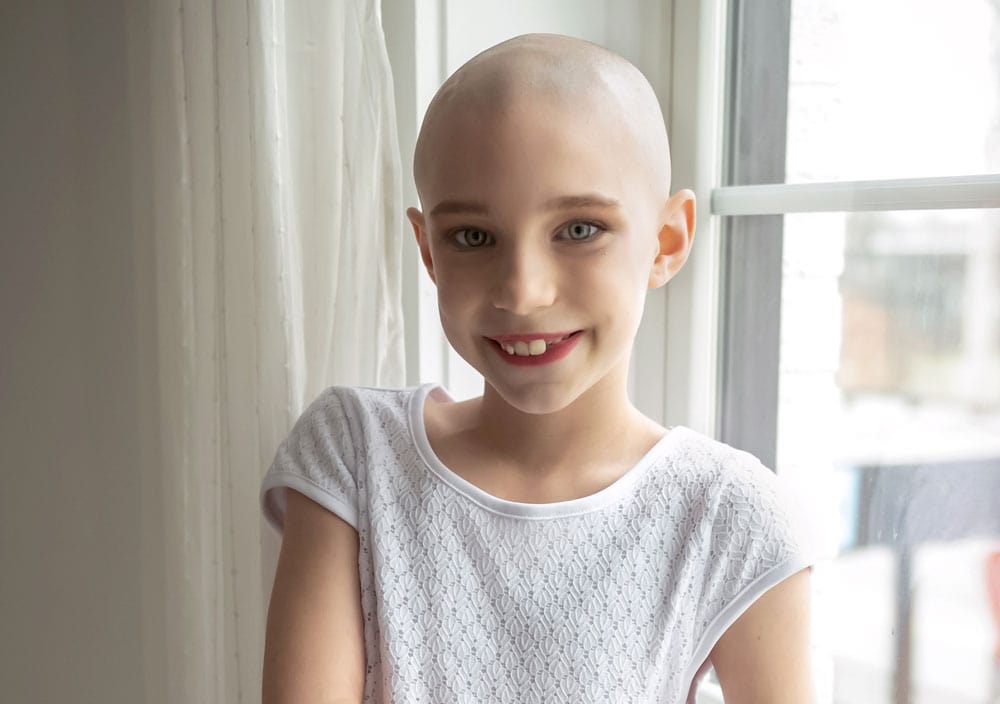
An astrocytoma is a brain tumor that begins in astrocytes—a type of glial cell that supports nerve cells in the brain. Astrocytomas can be...
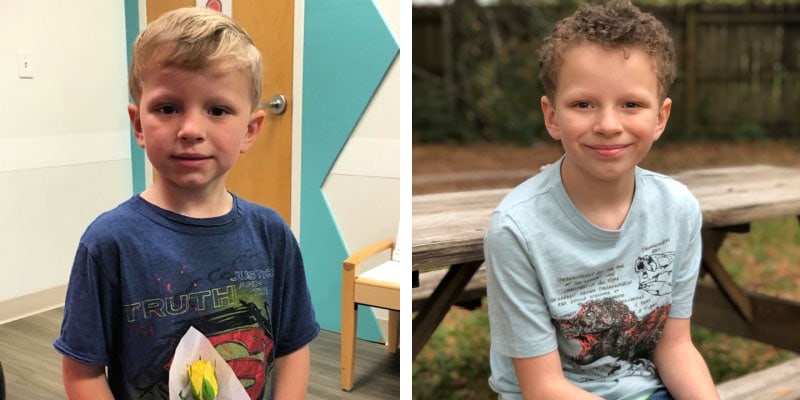
Langerhans cell histiocytosis (LCH) is a rare disorder in which the body produces an overabundance of Langerhans cells. These cells, which...
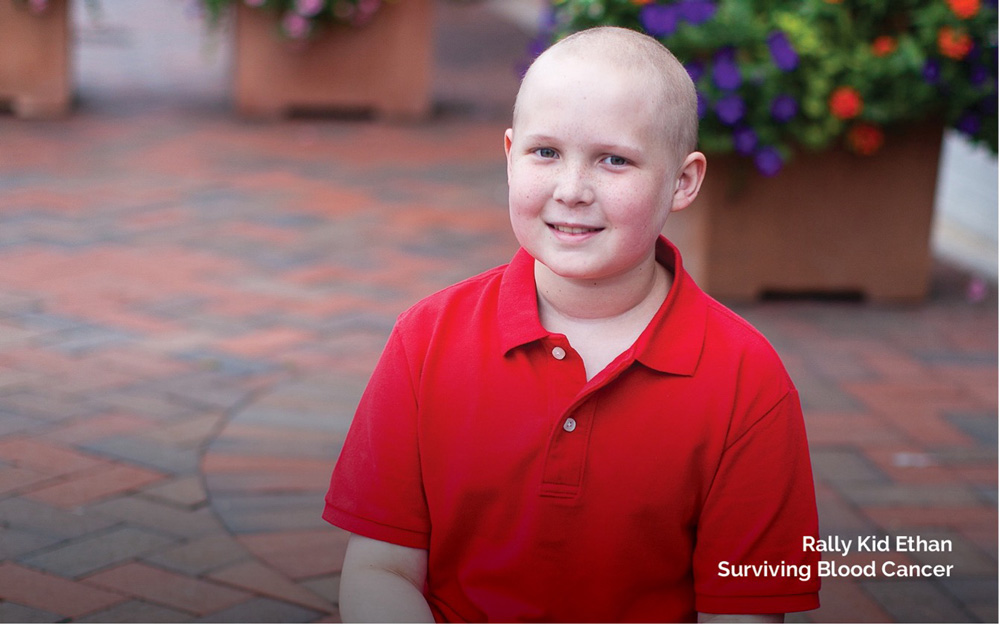
Lymphoma is a cancer of the body’s lymphatic (lymph) system which is essential to the immune system. The lymphatic system is made up of a...
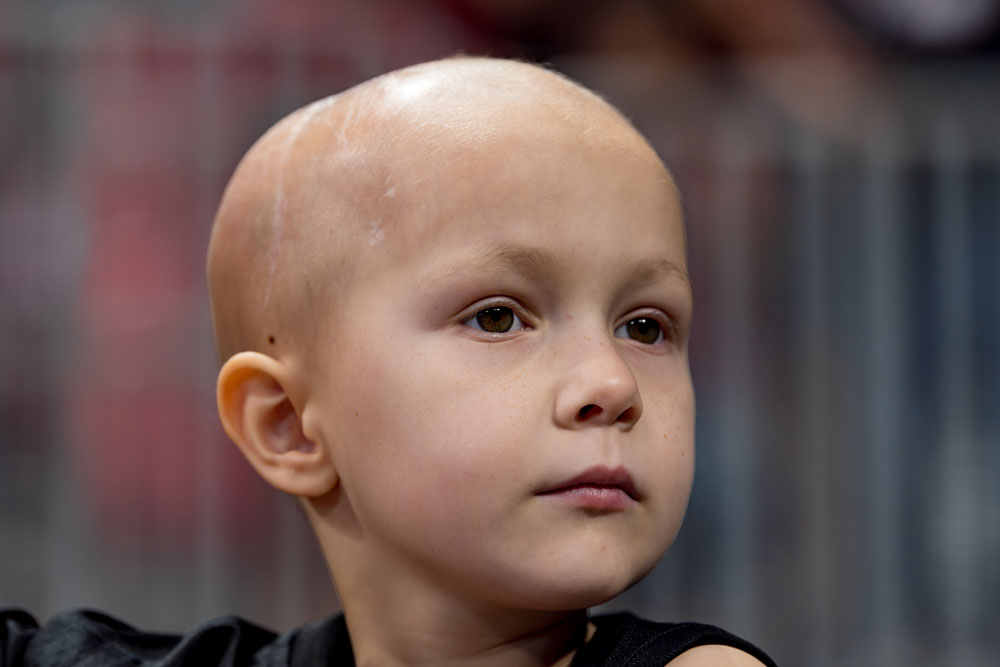
Ependymoma is a tumor that appears most often in the brain and sometimes in the spinal cord. It is a type of glioma, meaning it starts in...

Chronic myeloid leukemia (CML) is a type of blood cancer that causes an overproduction of white blood cells. These cells grow abnormally...
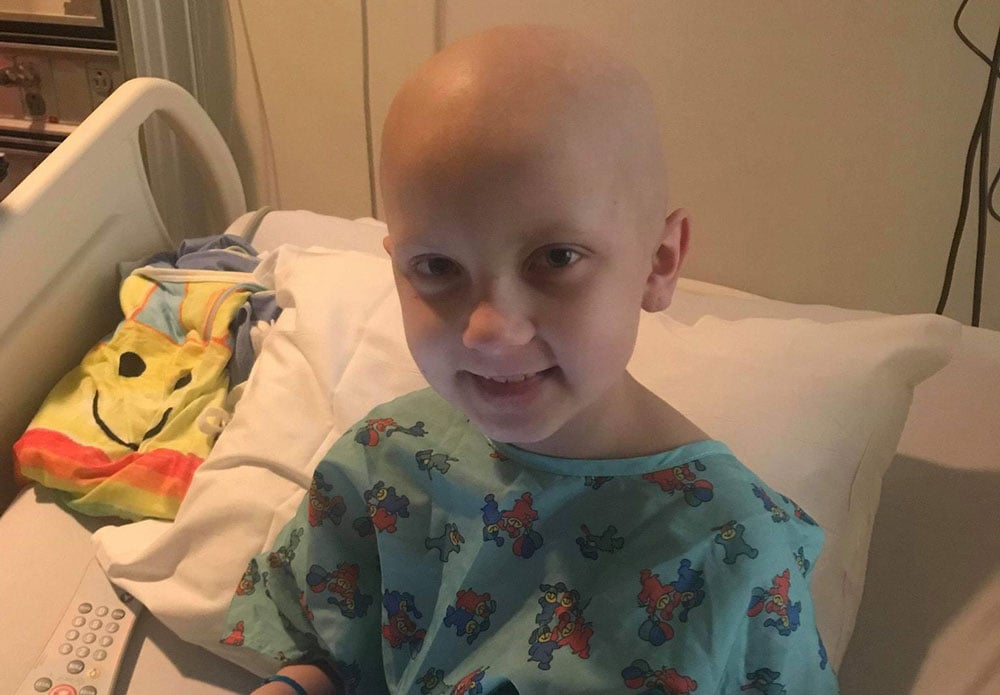
Navigating a childhood cancer diagnosis is difficult on multiple levels including trying to understand how and if your child qualifies for...
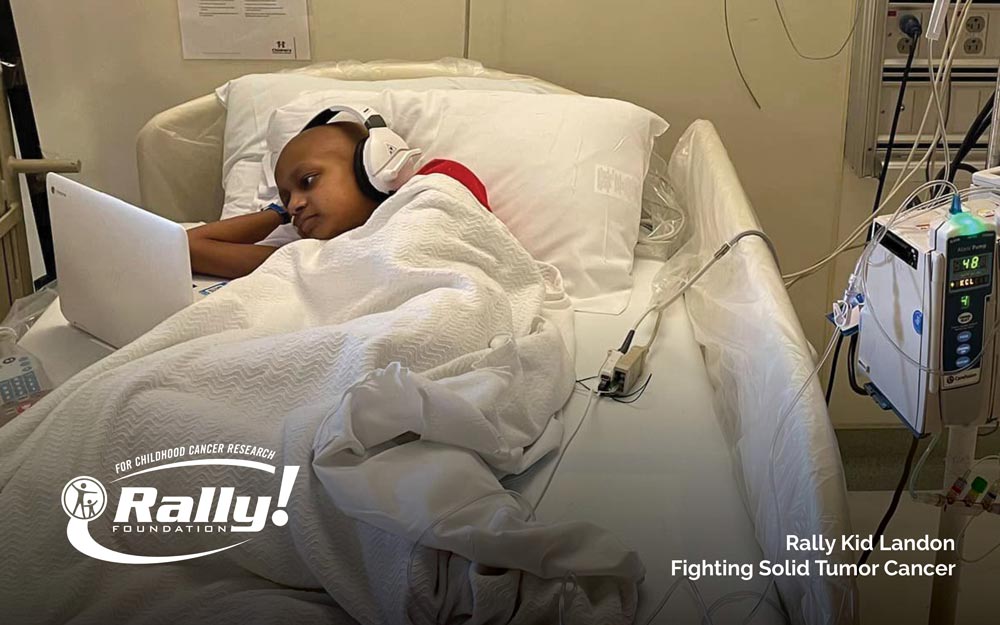
Neuroblastoma is a cancerous tumor that develops in the nervous system of babies and young children. It can also occur, rarely, in...

Atypical Teratoid/Rhabdoid Tumor (AT/RT) is a rare and fast-growing tumor that typically originates in the brain and spinal cord. These...

Diffuse intrinsic pontine glioma (DIPG) is a brain tumor found in a part of the brain stem—above the back of the neck and connected to the...
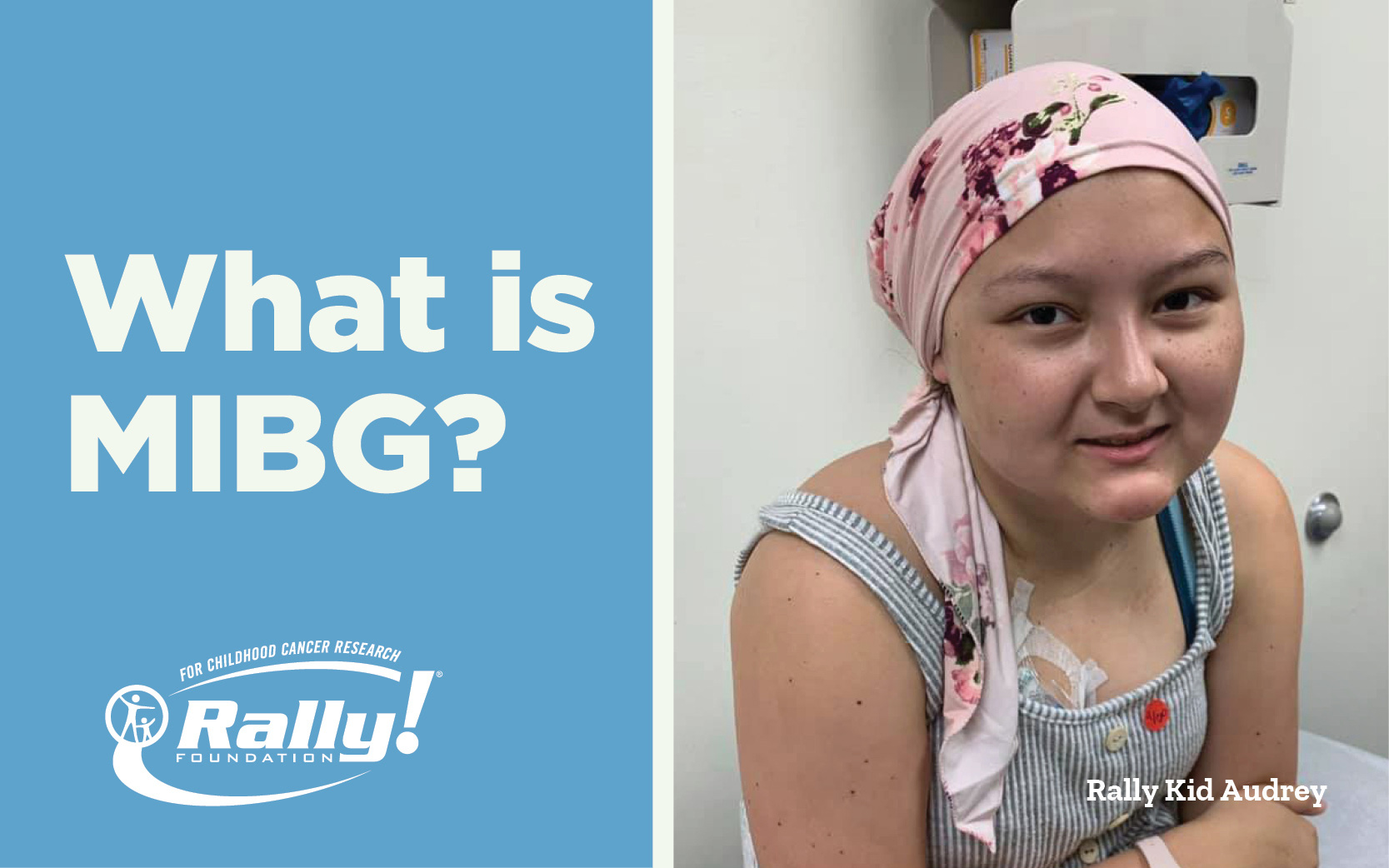
When your child is diagnosed with cancer, you have to learn a whole new language in just a few days. Terms, phrases, and abbreviations are used by healthcare professionals who deal with cancer every day. And it can leave you dazed. But sometimes it helps to use an acronym, for instance MIBG – which stands for metaiodeobenzylguanidine. Just try saying that ten times in a row! MIGB is used to treat neuroblastoma. This clear liquid consists of two materials: metaiodobenzylguanidine, or MIBG, and...

Hey Mom and Dad, Let’s chat, Cancer Parent to Cancer Parent, about seeking a second opinion. I’ll be the first to admit I was very nervous when seeking a second opinion. I did not want my child’s team to feel insulted or think that I didn’t trust them. We LOVE our team, and we know beyond a shadow of a doubt that they love our daughter. And guess what? After receiving the second opinion, the first thing our primary doctor said was “Never feel bad about seeking a second opinion.” In the...
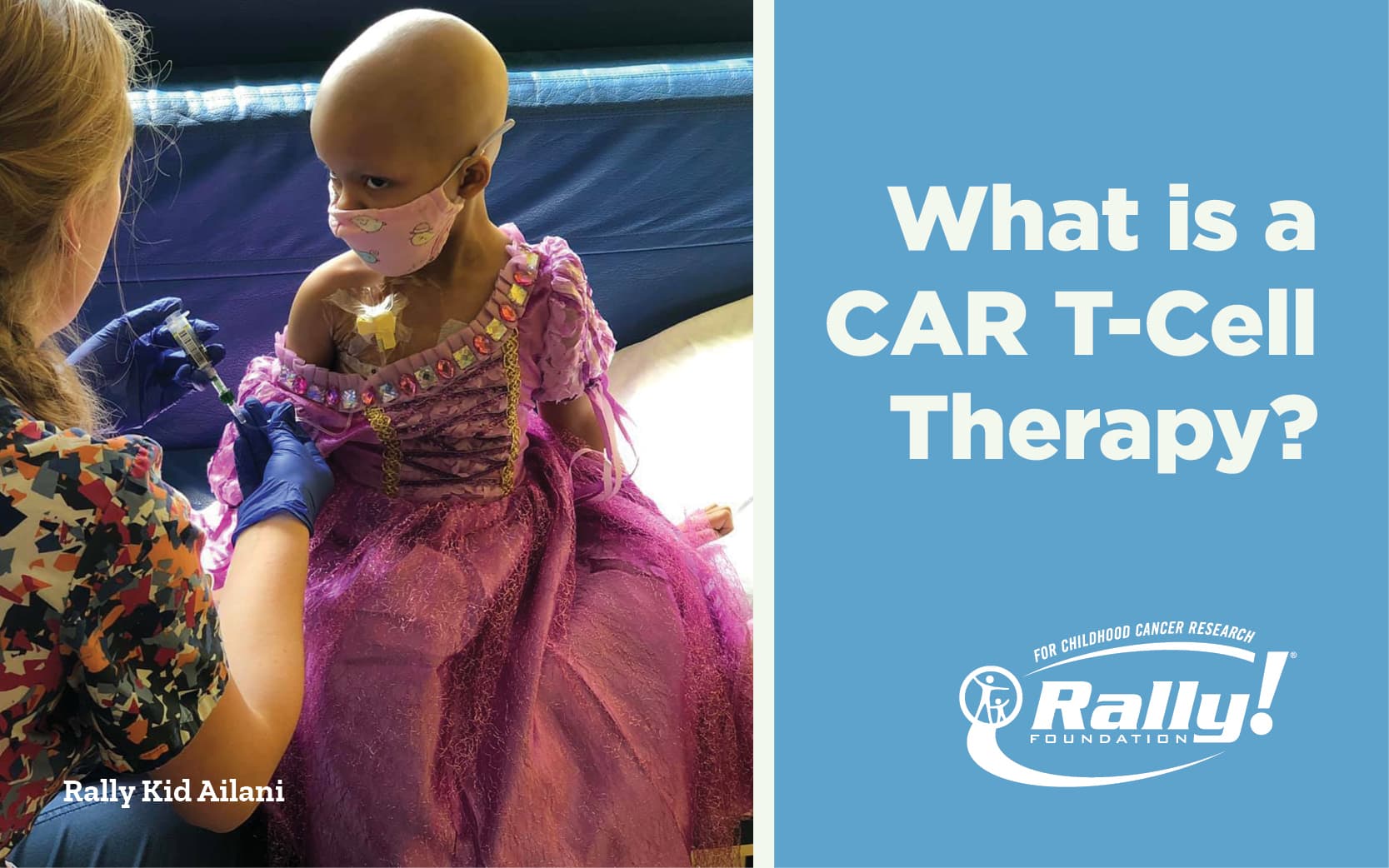
You may have heard of CAR T-cell therapy, also called CAR T, but what is it? It is an immunotherapy treatment that uses your child’s own immune cells, specifically the T-cells, to fight specific blood cancers. CAR-T can be a frontline treatment or an option if one or more treatments did not work, meaning the cancer is resistant to treatment, or if the cancer returned. Medical professionals do a blood draw to collect your child’s T-cells, a type of white blood cell. Then the T-cells are sent to...
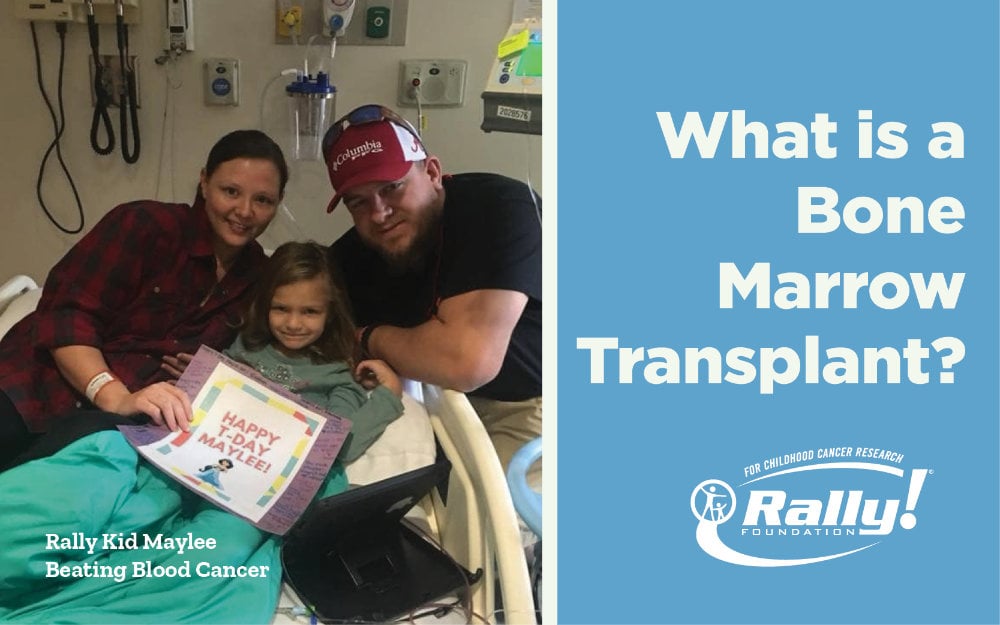
You just learned that your child has to have a bone marrow transplant. It sounds ominous. You have a lot of questions. Like, what exactly is bone marrow and what is a bone marrow transplant? Bone marrow is the soft, fatty tissue inside your bones. It creates red and white blood cells, as well as platelets. In addition, bone marrow contains immature blood-forming cells known as hematopoietic stem cells, or HSCs. These stem cells are unspecialized, and they can either remain stem cells or mature...
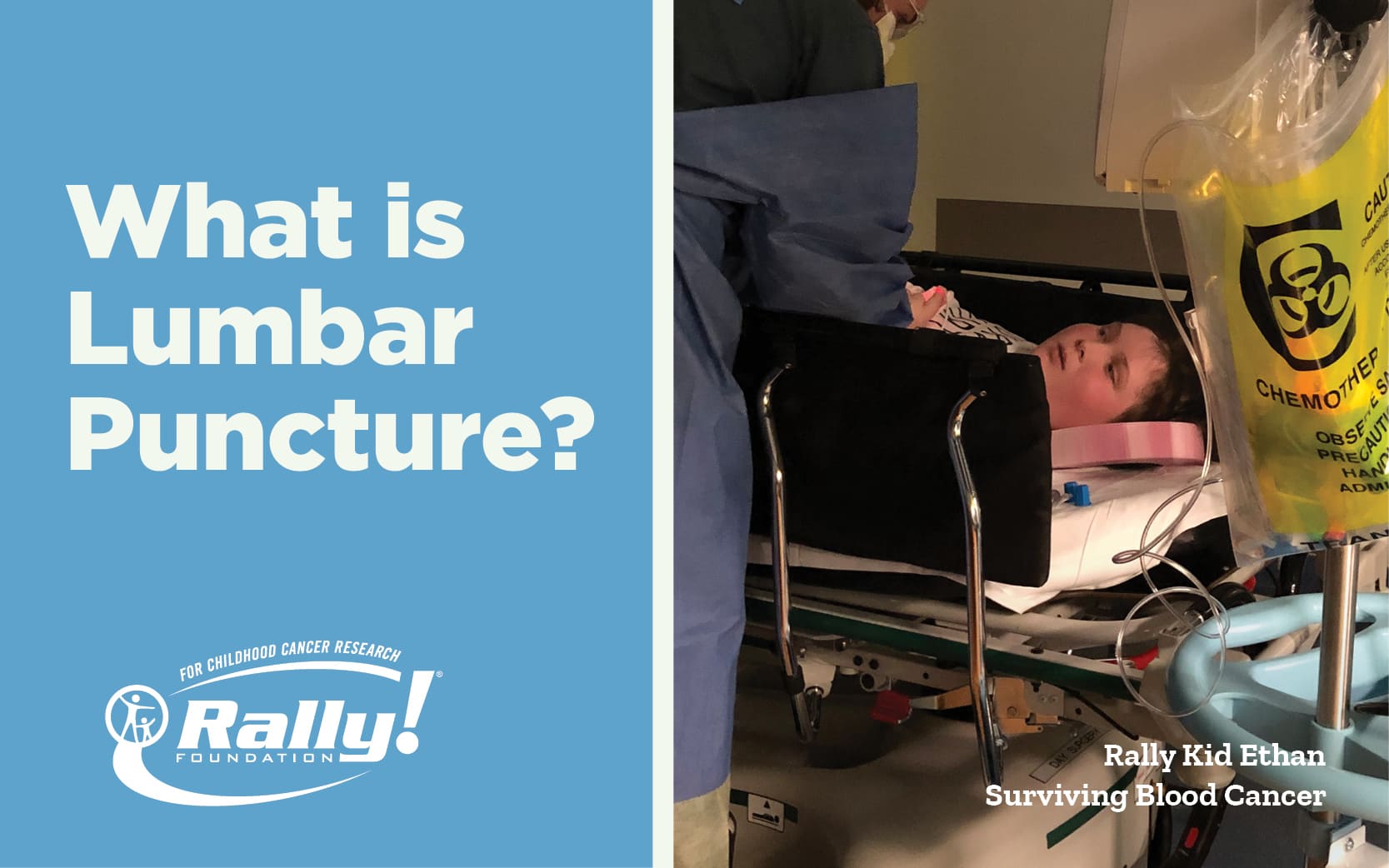
It’s scary enough to have your child diagnosed with cancer. But on top of that you hear all these new words and terms, which can be overwhelming, such as lumbar puncture or spinal tap. A lumbar procedure is the same thing as a spinal tap. It is a commonly performed procedure to diagnose and manage a variety of diseases including cancer. It is an invasive procedure used to collect the cerebral fluid that surrounds the brain and the spinal cord. A lumbar puncture/spinal tap may also be done to...
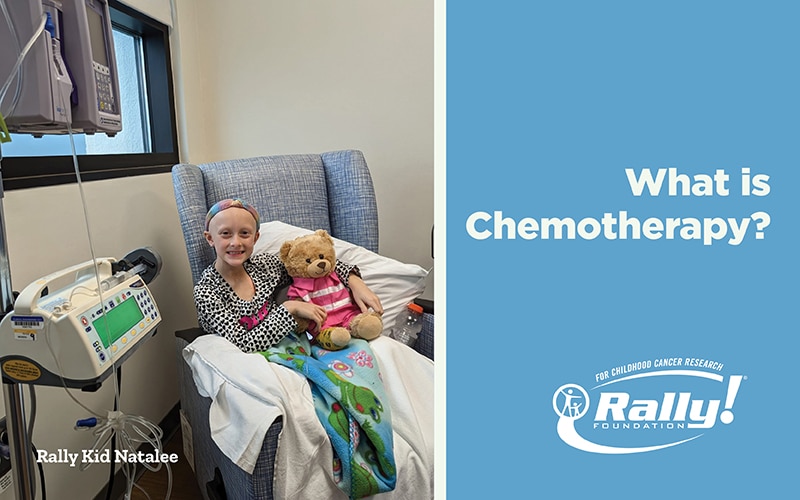
You just found out that your child has cancer. And that chemotherapy is part of the treatment plan. Most everyone has heard of chemotherapy. But what is it really? Chemotherapy is any drug used to stop the growth of cancer cells. Chemotherapy is designed to either kill cells or stop them from dividing. Is there just one chemotherapy? There are many different types of chemotherapy because different chemotherapies treat different types of cancer. Sometimes your child may receive several...